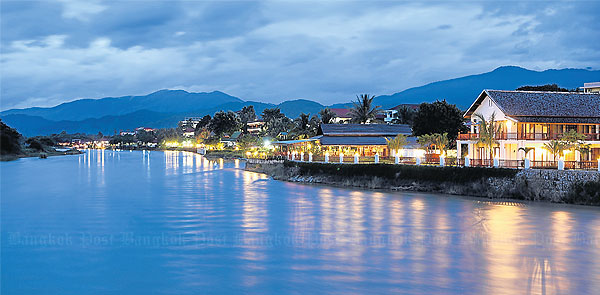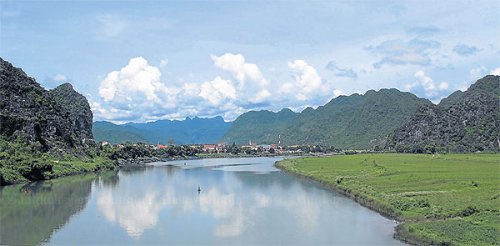Selling The Mekong
Six countries along the Mekong River have huge potential to be marketed as a single trtavel destination but practical challenges remain
The tourism industry has long dreamed of creating a borderless travel destination spanning the six countries that share the Mekong River — Laos, Myanmar, Thailand, Cambodia, Vietnam and Yunnan province of China. Ease of movement similar to that offered in Europe would open up the region’s rich potential and create great economic opportunity, they say.
However, the reality is that more has to be done to inspire travellers around the world to realise the attractions in the Mekong countries, and to fix regulations to facilitate truly borderless travel.
The issue has come into focus again as the creation of the Asean Economic Community (AEC) approaches in 2015. The region’s leaders have stressed travel and cultural exchanges as part of a broader theme of “connectivity” to promote integration. Utilising natural resources for mutual benefit of the group is also part of the goal.
The five Southeast Asian countries plus China first began focusing on the potential of the Mekong region around 20 years ago, with support from the Asian Development Bank (ADB), said Mason Florence, executive director of the Mekong Tourism Coordinating Office (MTCO), the working group responsible for developing and marketing tourism in the Greater Mekong Subregion (GMS).
Initially, Thailand appeared to be the natural tourism hub because its industry was better developed than any other in the region. The country set out to promote itself to foreign travelers as an ideal base for exploring other Mekong attractions.
As other countries in the group started to open up to the world community, they have been developing their tourism industries as well to attract more people and revenue.
China, Laos and Vietnam were off-limits to most travelers until just 20 years ago. Cambodia was still emerging from a brutal civil war. Today travelers from around the world can easily visit world heritage sites such as Luang Prabang in Laos and Angkor Wat in Cambodia.
Many foreign tourists today travel not only to Thailand, but also extend their trips to Laos, Myanmar, Cambodia and Vietnam. Thus, the MTCO would like to see more promotion of the GMS countries as a single destination for tourism.
Starting from Thailand, travellers can drive for three hours from Bangkok to the border with Cambodia, and take another three hours to Angkor Wat. This takes less time than a road or rail trip from Bangkok to Chiang Mai. Travel to Laos via the friendship bridges that cross the river is also easier than in the past, said Mr Florence.
The aim of tourism promotion, he said, was not so much to increase tourist numbers but to upgrade the quality of tourists and attractions in the GMS countries that are well known for their heritage sites and natural resources.

“We don’t think about bringing more people here. They (tourists) will come definitely. Our focus is to encourage them to go travel around the subregion, stay longer and spend more than in the past,” he said.
Around 40 million travellers a year visit the GMS members and the MTCO expects the number to rise to 50 million by 2015.
Mr Florence said one of the challenges in creating a single tourism destination was to inspire travelers from around the world to learn about the Mekong region’s attractions, and also to inform them of the practicalities of getting from one country to the next.
Visa requirements remain more complicated than they need to be, in the view of the travel industry. For those who travel by car, the need for right-hand drive in some countries and left-hand drive in others is a bother. This will be the barriers for those travellers who would like to travel by cars. The industry needs help from each government to fix these barriers.
“Working with governments is easier than in the past,” said Mr Florence. “They are more open to the private sector. And the private sector is ready to invest.
“Low-cost carriers are offering and considering new routes to connect big cities and tourism destinations in this region.”
Theodore Koumelis, founder and managing editor of TravelDailyNews Asia-Pacific, is working on the project called “How to Sell the Mekong” to create the travel manual for tourism-related business. It will start from the basics such as gathering tourism industry facts and figures, and then will work with businesses including carriers, tour agencies, tour guides and hotel operators.
Different travel styles and routes within the region will also be highlighted to tourists, including the Mekong Discovery Trail, heritage sites and the Mekong Tea Horse Trail from Yunnan. It will take years for tourism promotion to take hold but all parties have to do it seriously, he added.
Source: Bangkok Post

